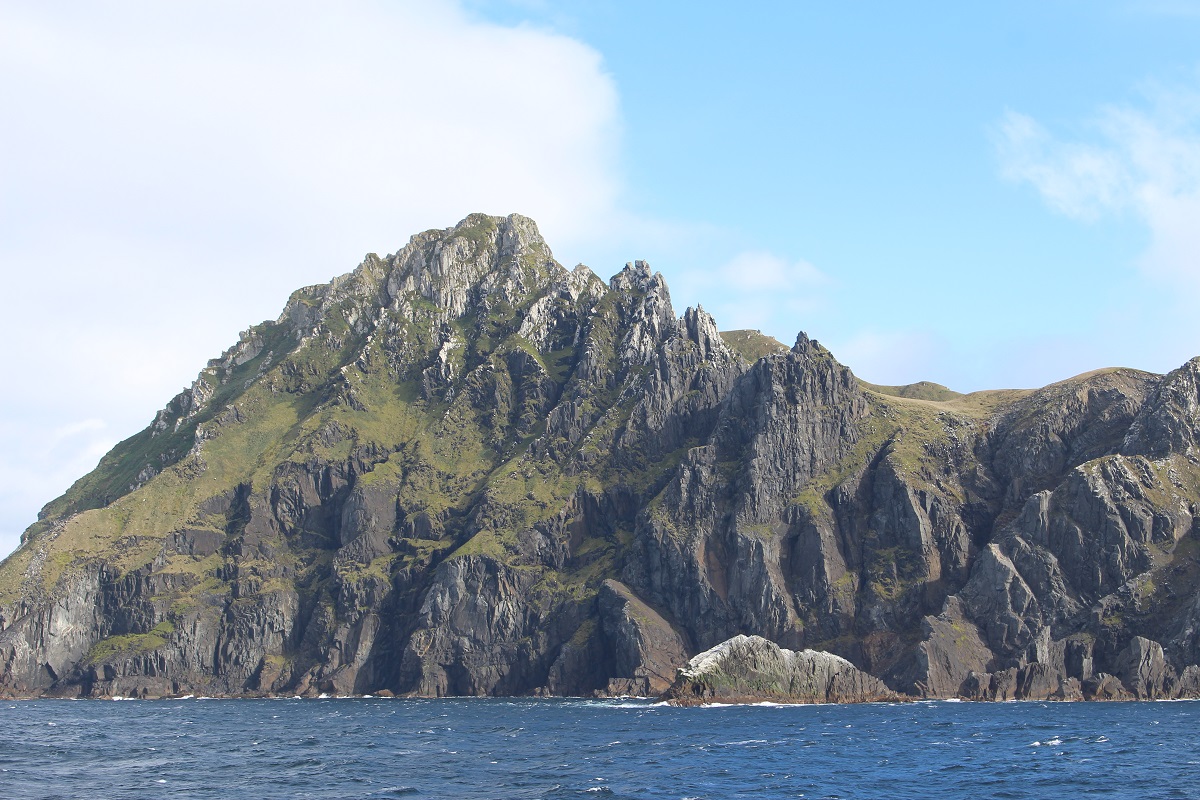This post is also available in:
![]() Deutsch
Deutsch ![]() Français
Français ![]() Italiano
Italiano ![]() Español
Español
Cape Horn is located in the archipelago of the Hermite islands south of Tierra del Fuego. The real cape is located in the southernmost island of the archipelago: the Hornos island. At this point the waters of the Atlantic Ocean and those of the Pacific Ocean collide. Beyond Cape Horn opens the Drake Passage that divides America from Antarctica, a continent that is located only 650 km further south.
Cape Horn (Cabo de Hornos in Spanish) is considered the southernmost point of the American continent (55 ° 58′48 ″ S 067 ° 17′21 ″ W), however this is not true, because in fact the true southernmost point of the American continent is located in the Islote Águila (56 ° 32′16 ″ S 68 ° 43′10 ″ W) a small rock of the Diego Ramírez archipelago which is located about 100 km southwest of the cape.
Cape Horn was discovered in January 1616 by Dutch explorers Isaac Le Maire and Willem Schouten. This area is famous for storms and bad weather. The icy and impetuous wind is often dominated by black and stormy clouds that bring rain and storms. Even the sea in these parts often has a bleak and stormy appearance. In this area the climate changes suddenly and the winds usually blow very strong and impetuous.
A MYTHOLOGICAL PLACE FOR ALL NAVIGATORS
Capo Horn is a mythical place for all navigators, fascinating and of constant challenge. Sailing in these waters you can spot penguins, seals, dolphins, whales. Doubling this garment is the maximum challenge for those who sail and is an area famous for storms and shipwrecks. There are several factors that contribute to making the passage around Cape Horn one of the most dangerous sea routes in the world. Among these, surely, the very extreme sailing conditions that usually characterize the ocean waters at this latitude, then the geography of the passage south of the cape and finally the extreme southern latitude of the Cabo de Hornos.
On the island there are two lighthouses, a chapel, buildings and some monuments that commemorate the navigators wrecked in these seas. Another monument depicts an albatross in flight. The area is protected by the Cabo de Hornos National Park and is a UNESCO biosphere reserve.
Official page of the Cabo de Hornos National Park.
This post is also available in:
![]() Deutsch
Deutsch ![]() Français
Français ![]() Italiano
Italiano ![]() Español
Español
